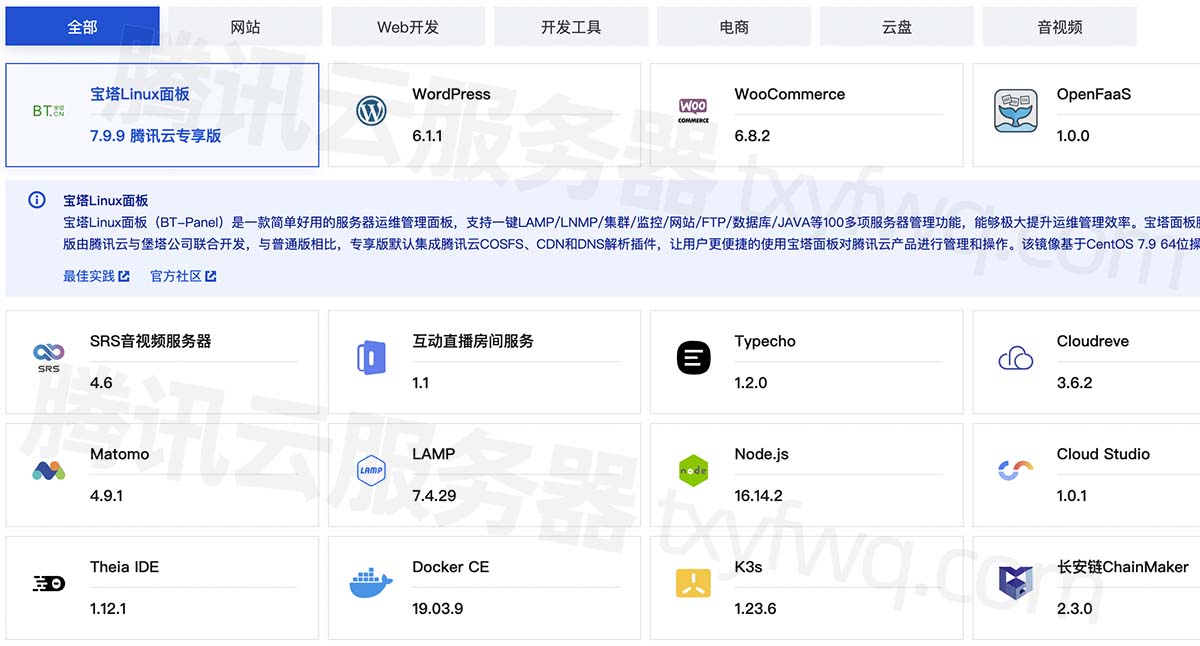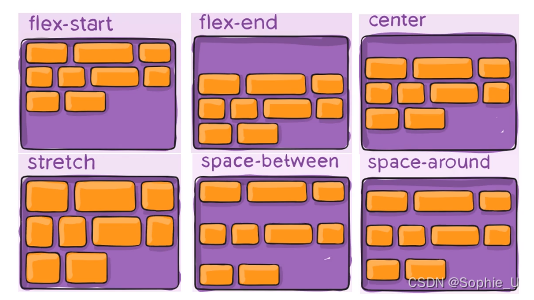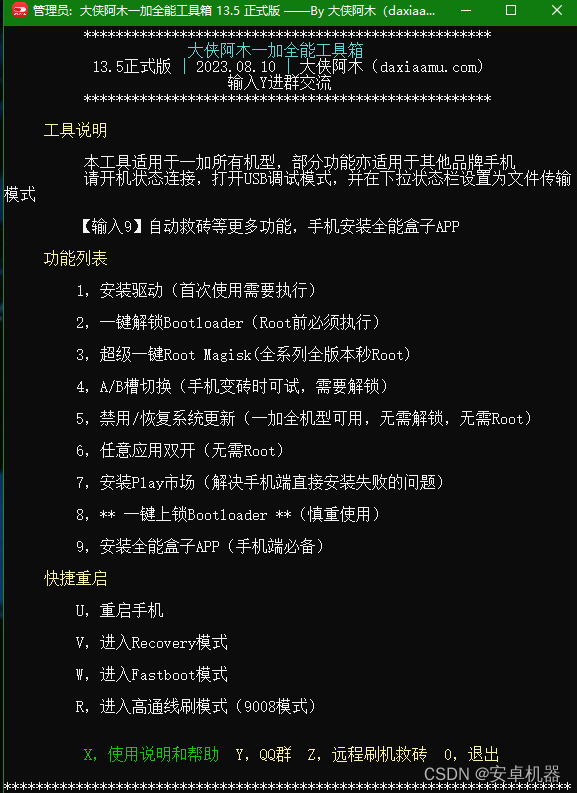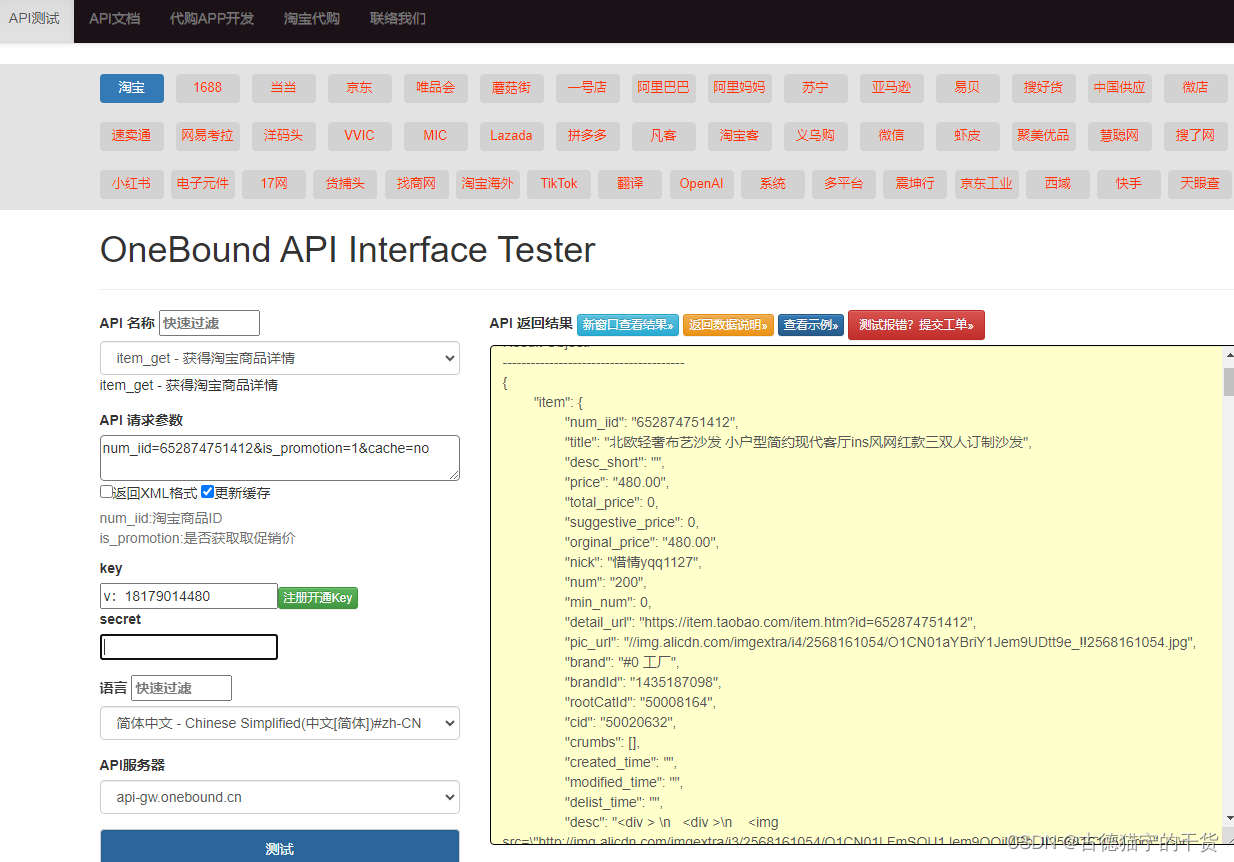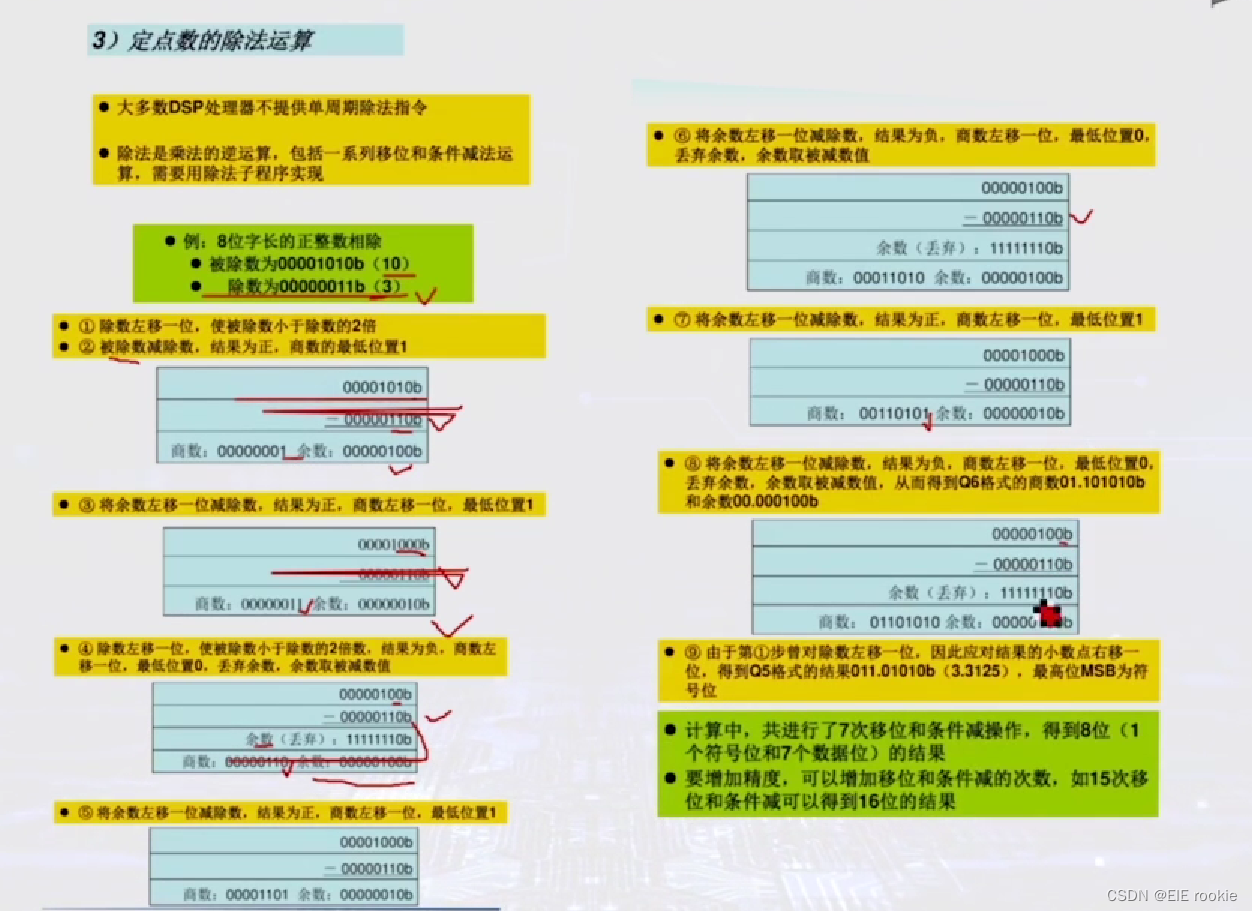最左前缀法则
-
最左前缀法则适用于联合索引;查询从索引的最左列开始,不跳过其中的列,如果跳过其中的列将会导致索引失效(后面字段的索引失效)。
-
验证最左前缀法则
-
三个列的联合索引都同时使用
explain select * from user where profession = '通讯工程' and age = 17 and gender = 1;
-
只使用专业和年龄查询
explain select * from user where profession = '通讯工程' and age = 17;
-
只使用专业查询
explain select * from user where profession = '通讯工程';
-
-
最左原则使用索引的情况(A+B+C)
- A
- AB
- ABC
- BC(不可以,需要查询A字段才可以)
- AC(使用A索引)
- CBA (也是可以的)
索引失效
-
字符串不加引号
explain select *from user where phone = 13708822169;
-
or 连接(or 前后没有建立索引的时候不会被用到)
explain select *from user where phone = 13708822169 or status = 0;

-
模糊查询
explain select * from user where phone like '%0' ;
-
对于索引使用函数运算
explain select * from user where substring(phone,1,2) = '19' ;
-
数据分布影响
explain select * from user where phone > '13508822168';
explain select * from user where gender = 1;
索引的使用和设计原则
使用原则
-
避免使用 select * from table_name;
- 可能避免了回表查询(减少一次查询,提高了效率,前提是查询的结果已经再二级索引的叶子节点出现)
-
使用前缀索引代替全索引
-
计算前缀长度(唯一索引的性能是最高的,唯一索引的前缀长度是1)
-
不重复的索引基数/数据表的总记录数
select count(*) from user; select count(distinct email) from user; select count(distinct substring(email ,1,8)) from user; select count(distinct substring(email ,1,2))/count(*) from user;# 判断前缀的长度为2
-
-
单列索引和联合索引
-
使用多个单列索引查询时,并不会全用索引,会根据mysql优化器的指引进行选择

-
设计原则
- 数据量大的时候,一定要建索引
- 针对于经常查询的多列,去建联合索引
- 如果是字符串类型,而且数据很大,尽量去使用前缀索引,前缀度我们尽量去靠近1
- 索引还需要控制数量,索引不是越多越好,一定要合适就行,越多增删改越慢,影响用户体验
- 要去选择区分度高的列做索引,尽量去建立唯一索引
- 设计列尽量不要去存空数据
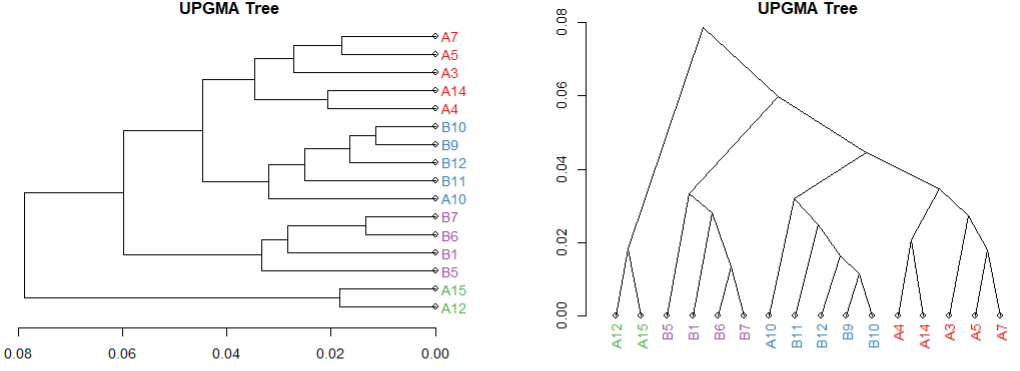
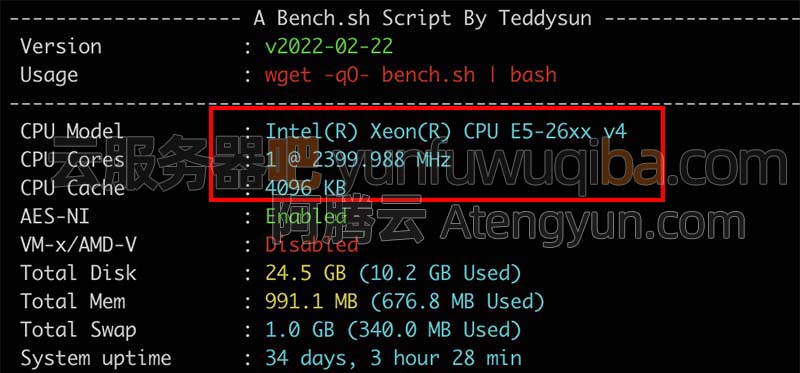




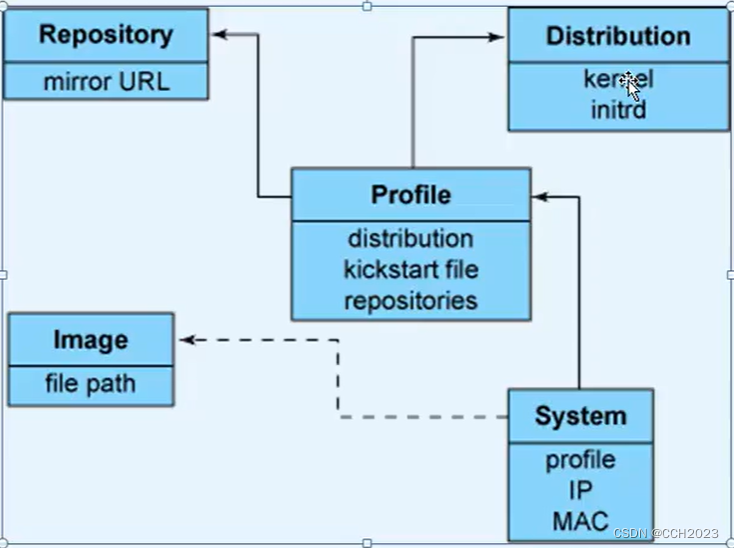
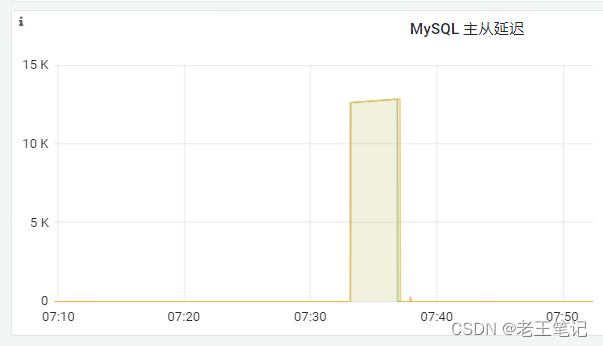




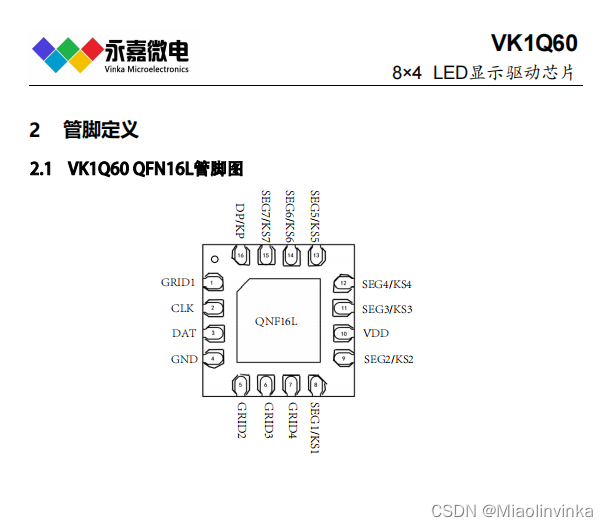
![心法利器[90-95] | 谈校招:合集](https://img-blog.csdnimg.cn/img_convert/e4b99550e91a5b0503df90b869333158.png)
